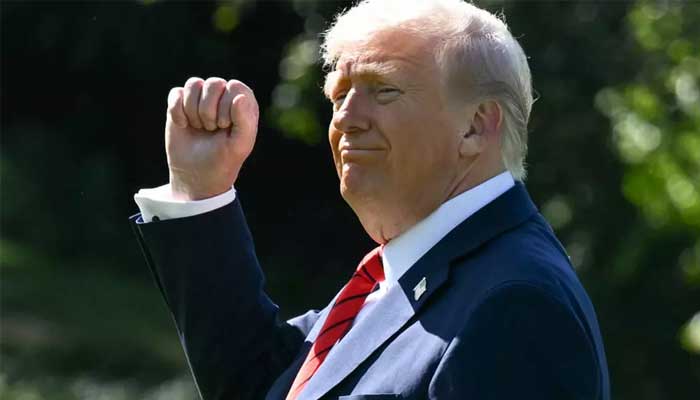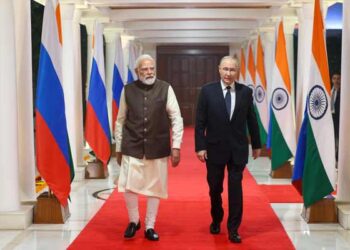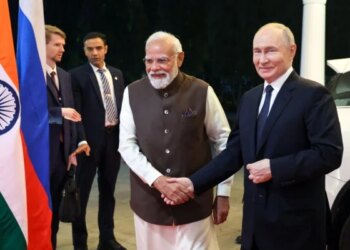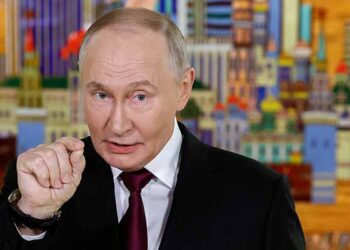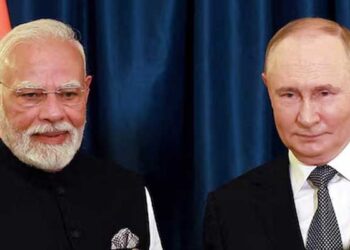Select Language:
President Donald Trump achieved a significant diplomatic milestone by facilitating a ceasefire in Gaza, yet the journey toward enduring peace in the Middle East faces numerous hurdles. It remains uncertain whether the 79-year-old former president—who isn’t particularly meticulous about the finer details—will dedicate the same effort to sustain the peace after his current regional tour concludes next week.
“Any agreement between Israelis and Palestinians, especially one indirectly mediated between Israel and Hamas, is a remarkable feat,” said Aaron David Miller, a former advisor to multiple U.S. administrations. “Trump took a step that no American president of either party has ever attempted—that is, pressuring and influencing an Israeli prime minister on matters vital to his political interests,” added Miller, a senior fellow at the Carnegie Endowment for International Peace.
However, Miller cautioned about the complex and detailed work that still needs to be done, particularly concerning the implementation of the deal’s second phase. The Israeli military announced that its troops would cease fire by 0900 GMT on Friday, aiming to free all Israeli hostages, dead and alive, within 72 hours—an outcome agreed upon with Hamas.
Trump has indicated he plans to visit the Middle East on Sunday, with stops in Egypt, where the negotiations took place, and Israel. Among U.S. presidents over the past two decades, Trump’s accomplishment in brokering this ceasefire is noteworthy, but he aims for more—reviving the broader Abraham Accords, which normalized relations between Israel and the United Arab Emirates, Bahrain, and Morocco during his first term.
He has re-engaged Jared Kushner, his son-in-law and a key architect of the Abraham Accords, to work alongside special envoy Steve Witkoff on Gaza negotiations. U.S. officials and foreign policy analysts agree that Trump skillfully used a combination of incentives and pressure—both publicly and behind closed doors—to secure the deal, leveraging his strong relationships with Arab and Muslim leaders, including Turkey’s Recep Tayyip Erdogan.
Miller emphasizes Trump’s decisive role but acknowledges that significant uncertainties remain—particularly whether Hamas will disarm after two devastating years of conflict, especially following its attack on Israel on October 7, 2023.
“An immediate ceasefire isn’t equivalent to lasting peace,” said French Foreign Minister Jean-Noel Barrot, after convening with European and Arab colleagues to discuss post-conflict aid to Palestinians. Steven Cook, a senior fellow at the Council on Foreign Relations, noted that it’s still an open question whether this will effectively end the war.
Key challenges include fully implementing Trump’s 20-point plan, which calls for Hamas to surrender its weapons, the deployment of an international stabilization force, and the establishment of new governing structures in Gaza that exclude Hamas. Trump insists that disarmament and Israeli withdrawal are inevitable, though details are still being negotiated.
To oversee the truce, around 200 U.S. military personnel have been dispatched, but significant operational gaps remain—particularly in decommissioning Gaza’s weapons arsenal and establishing transitional governance, which Hamas has already rejected. The proposed “Board of Peace,” a transitional authority personally chaired by Trump, is another contentious element of the plan.
As Robert Satloff of the Washington Institute points out, Trump’s engagement in Middle East peace efforts marks a major commitment, one that will carry his name for years to come, despite earlier intentions to sideline America’s role in regional conflicts.

